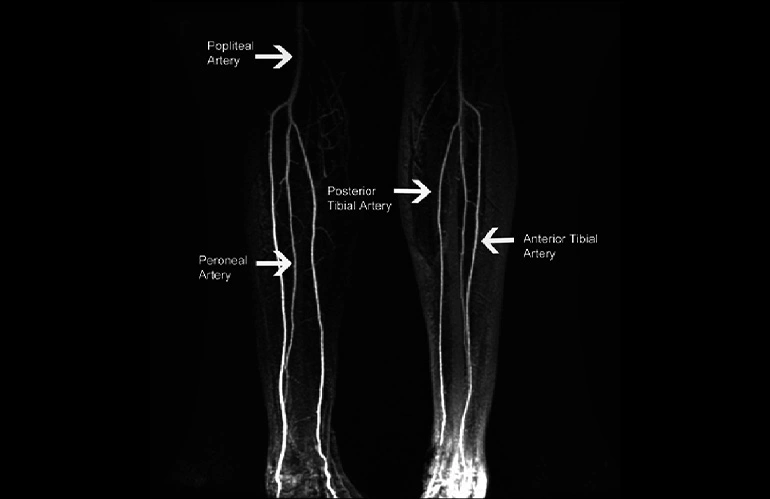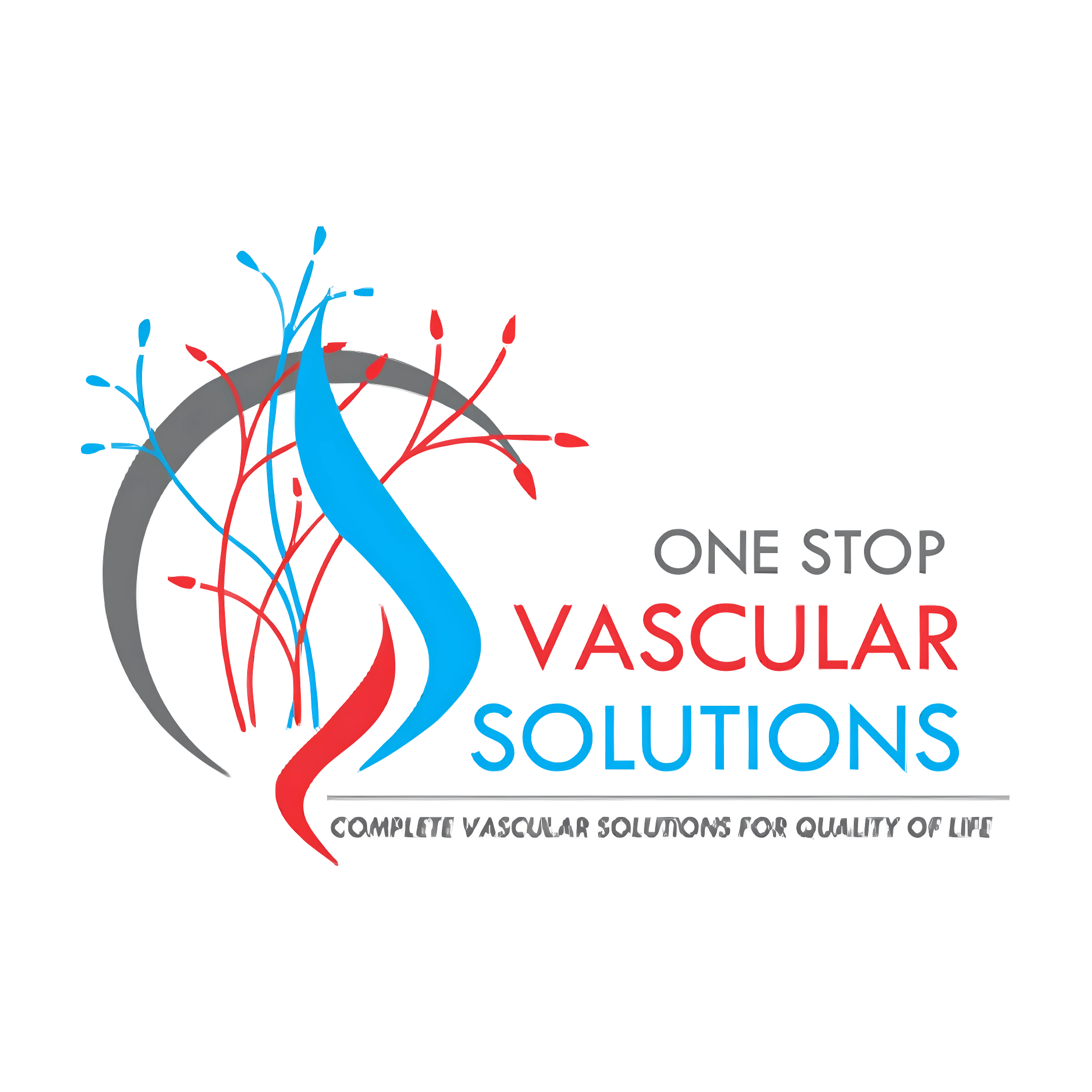Angiography: Comprehensive Guide for Diagnosis and Interventions in Vascular Surgery
Introduction to Angiography
Angiography is a crucial diagnostic and interventional tool in vascular surgery, providing detailed images of blood vessels to diagnose and treat various vascular conditions. This page explores different types of the best angiography treatment, including conventional angiography, CT angiography, MR angiography, and intravascular ultrasound (IVUS), and their roles in vascular surgery.

Conventional Angiography
What is Conventional Angiography?
Conventional angiography, also known as catheter angiography, involves the insertion of a catheter into a blood vessel and the injection of a contrast dye to visualise blood flow through X-ray imaging.
Uses in Vascular Surgery
- Diagnosis: Identifies blockages, aneurysms, and other vascular abnormalities.
- Interventions: Facilitates procedures like angioplasty, stenting, and embolization.


